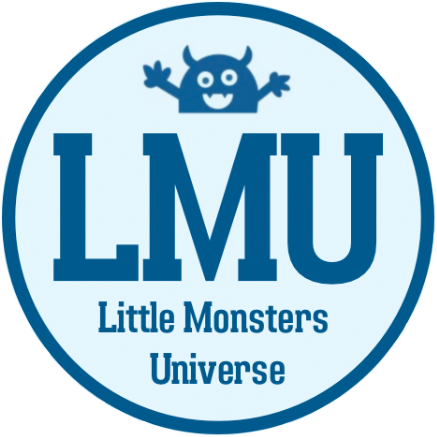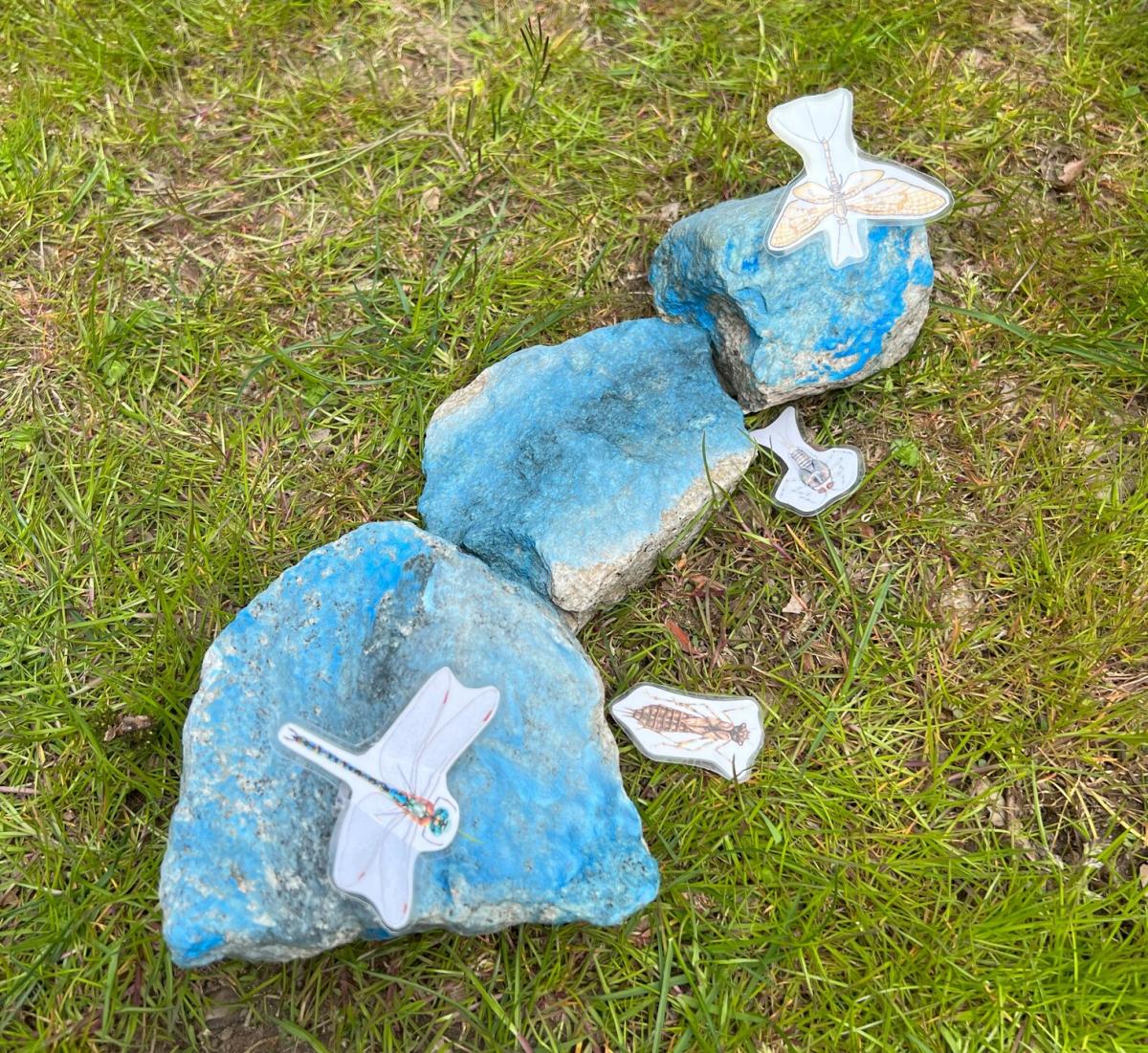You’ve probably heard the terms STEM, STEAM, and maybe even STREAM floating around in education circles. Schools, homeschool groups, and even toy companies use these buzzwords to promote learning resources, but what do they actually mean? More importantly, what do they mean for your child’s education and outdoor learning?
If you’re a homeschooling parent or a teacher looking to inspire curiosity and a love for learning, understanding these terms can help you choose the best approach for your child. Here’s the breakdown of STEM vs. STEAM vs. STREAM—plus how we incorporate STREAM into Little Monsters Universe (LMU) to make science engaging, hands-on, and meaningful.
Breaking It Down: STEM vs. STEAM vs. STREAM
- STEM = Science, Technology, Engineering, and Math
STEM education focuses on problem-solving, hands-on learning, and critical thinking in these four key areas. It encourages kids to explore how things work and develop skills for real-world applications. - STEAM = Science, Technology, Engineering, Arts, and Math
Adding “A” for the Arts brings creativity into the mix. STEAM recognizes that artistic skills—such as drawing, music, and design—enhance scientific exploration and innovation. Think of an architect who needs both technical skills and artistic vision. - STREAM = Science, Technology, Reading (or Research), Engineering, Arts, and Math
STREAM takes it one step further by incorporating literacy (reading and writing). This addition emphasizes the importance of communication, research skills, and storytelling in scientific discovery.
Why STREAM Matters in Science Education
You might be wondering—why add reading and literacy into the mix? Isn’t science all about experiments and discovery? While hands-on activities are essential, reading and writing allow kids to think like scientists.
Incorporating quality literature into science education helps children:
- Build background knowledge before hands-on learning
- Develop vocabulary to express their observations
- Strengthen comprehension skills by connecting science to real-world stories
- Cultivate a love for discovery through books that spark curiosity
When children engage with well-written books, whether through nonfiction texts or beautifully illustrated nature stories, they gain a deeper understanding of scientific concepts. That’s why STREAM is a powerful way to approach learning—it brings together observation, creativity, and communication.
A Real-Life STREAM Experience: Creek Critters and Water Health
One of my favorite STREAM lessons took place when we explored the health of a local creek. We read Creek Critters, a beautifully illustrated book that introduced macroinvertebrates—small creatures living in freshwater that indicate the health of an ecosystem. Inspired by the book, we stepped into the water to collect samples, using nets and observation tools like magnifying glasses and microscopes.
As we identified different critters, we recorded our data, counting the number of each species we found. This led to a discussion about biodiversity, water quality, and what these organisms tell us about the environment. The kids even created sketches of the critters, acting out how they moved and how they transformed from aquatic life forms to flying insects above the water.
Incorporating all aspects of STREAM, we:
- S (Science): Studied macroinvertebrates and their role in the ecosystem
- T (Technology): Used microscopes and magnifying glasses to closely observe details
- R (Reading & Research): Read Creek Critters, researched the organisms we found, and wrote about our findings.
- E (Engineering): Designed simple water filtration models and brainstormed ways to protect water quality
- A (Art): Created detailed field sketches and acted out the movements of the critters
- M (Math): Counted species and analyzed data to determine the creek’s health
This hands-on experience made science come alive. The children weren’t just learning—they were discovering, creating, and making connections across multiple disciplines.
How Little Monsters Universe Models STREAM Learning
At LMU, I design curricula that naturally integrate STREAM into science education and emphasize outdoor learning. Our Nature Journal, for example, isn’t just about sketching trees or writing down what you see—it encourages kids to think critically, research, record data, and reflect on their discoveries. Here’s how LMU embraces STREAM:
- S (Science): Hands-on nature exploration, animal studies, and life cycles. Kids learn about the environment firsthand.
- T (Technology): Learning how to research information and use tools like magnifying glasses, microscopes, and cameras
- R (Reading & Research): Carefully selected children’s books accompany many activities, helping kids make connections between what they read and what they observe
- E (Engineering): Encouraging problem-solving through nature-inspired STEM challenges
- A (Art): Field sketching, nature journaling, and creative expression through science
- M (Math): Measuring, recording data, and noticing patterns in nature
STREAM makes learning stick because it connects different subjects in a meaningful way. Instead of just reading about a scientific concept, children get to explore, create, and document their experiences, making learning more engaging and lasting.
Why STREAM Learning is the Future
Education isn’t just about memorizing facts—it’s about fostering curiosity and critical thinking. STREAM allows kids to see the bigger picture and understand how different subjects intertwine. Whether they’re reading about the migration of monarch butterflies, engineering a birdhouse, or sketching the details of a leaf in their nature journal, they’re making meaningful connections that build confidence and a love for learning.
At LMU, our goal is to make science accessible, exciting, and engaging for families. STREAM helps us do just that, by creating experiences that spark curiosity, encourage exploration, and develop the skills children need to think like scientists.
So, if you’re looking for an approach that goes beyond worksheets and textbooks—one that encourages your child to slow down, observe, and wonder about the world around them—STREAM might just be the perfect fit.




